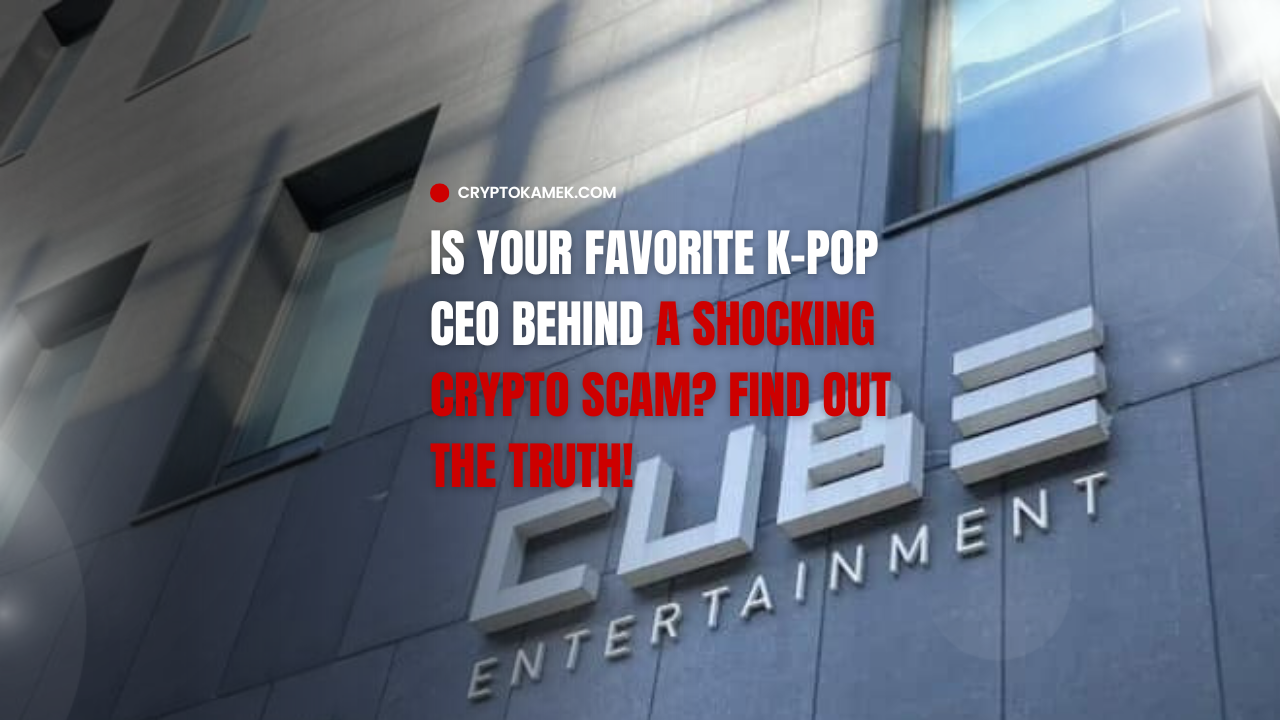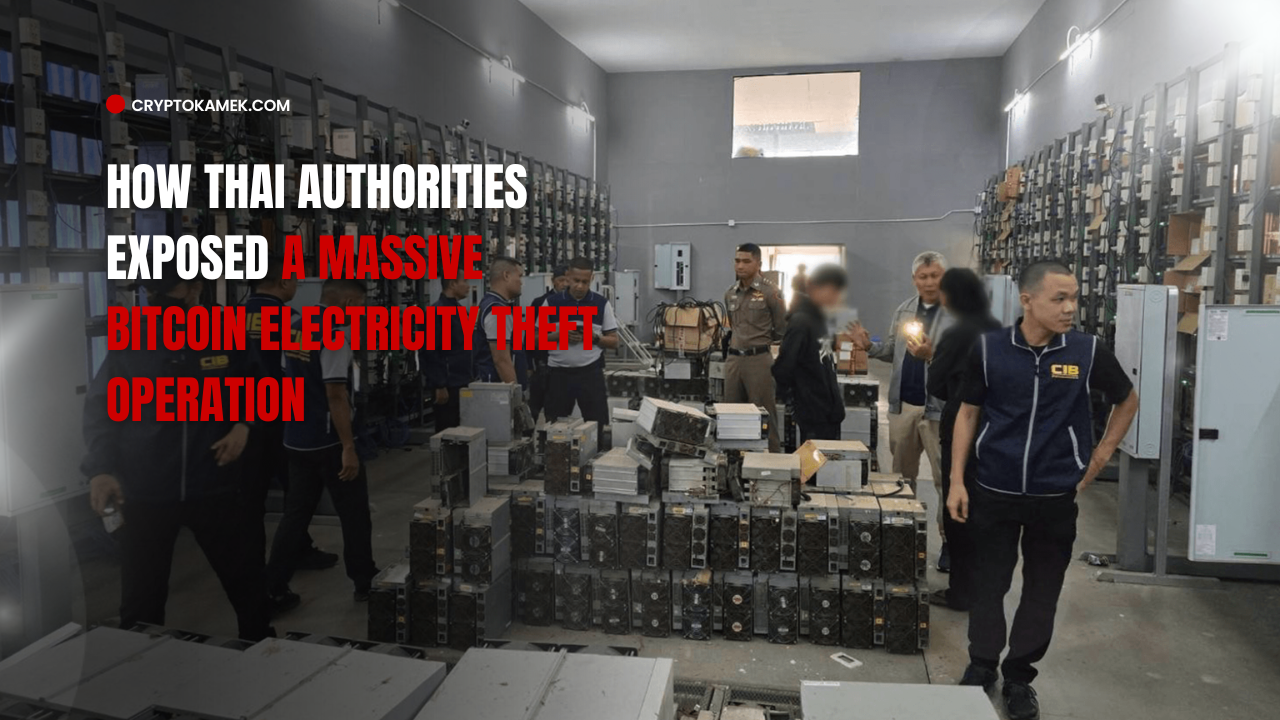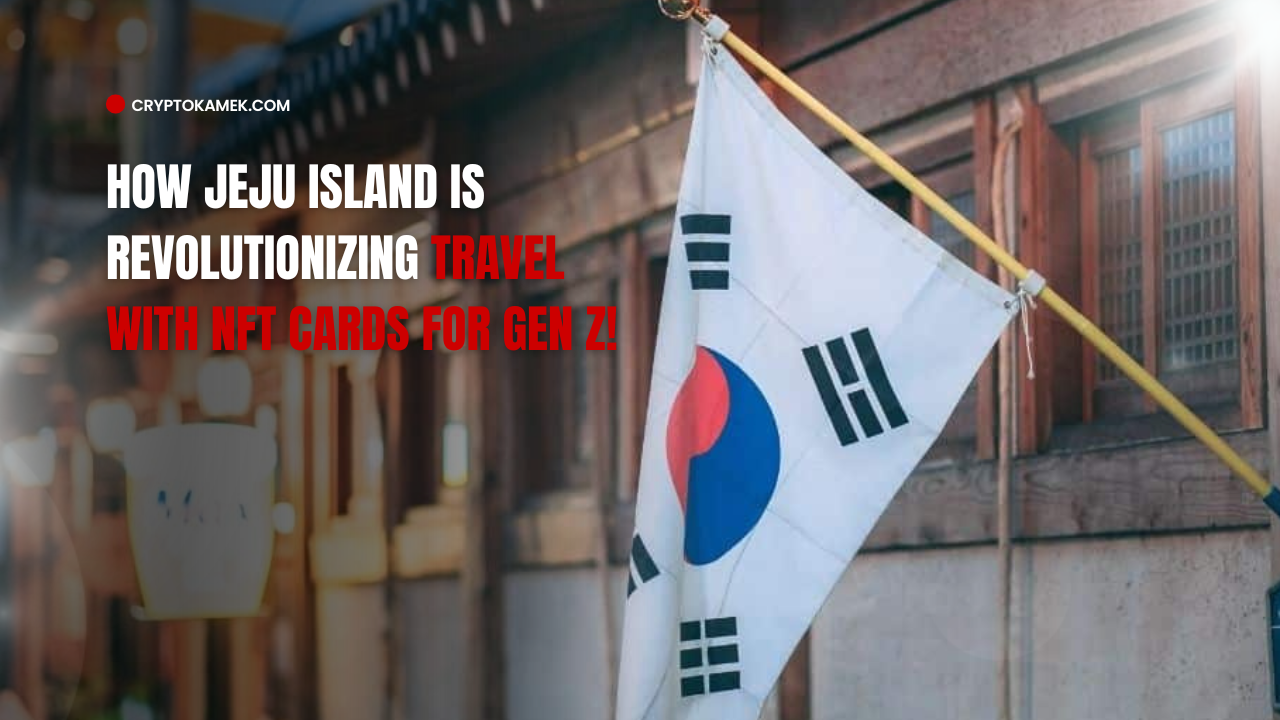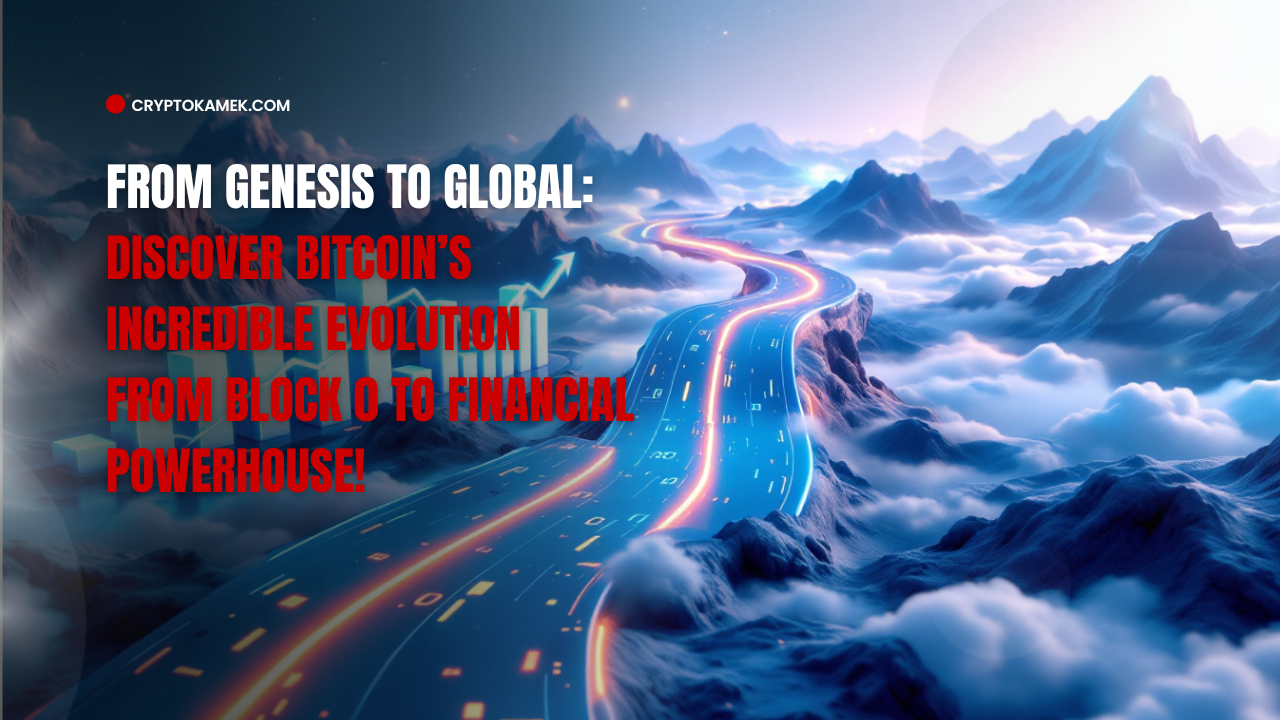

Crypto Mogul Eats $6.2 Million Banana Artwork
In a world where art often blurs the lines between value and absurdity, few events have captured the public’s attention quite like Justin Sun’s $6.2 million purchase of Maurizio Cattelan’s Comedian—a banana duct-taped to a wall. This seemingly simple piece of conceptual art has sparked a whirlwind of conversations about the meaning of art, the influence of money in shaping cultural trends, and how one man’s extravagant act has led to a mix of generosity, confusion, and some uncomfortable truths about our society.
The Art That Started It All
Let’s rewind for a moment. The banana itself, a humble piece of fruit, was originally sold for just 35 cents at a fruit stand on the Upper East Side of Manhattan, run by Shah Alam. Alam, who had no idea that the banana he’d sold would one day be thrust into the global art spotlight, was left stunned when the fruit transformed into a multi-million-dollar masterpiece.
Maurizio Cattelan’s Comedian is a work of art that forces us to rethink what art is and what it can be. It’s not a painting or a sculpture. It’s a banana. Duct taped to a wall. Its very existence challenges the value we place on art, especially in today’s world where the art market seems more like a high-stakes game than a place of genuine creativity.
Justin Sun, the cryptocurrency mogul known for his bold moves in the world of digital assets, stepped into this world when he purchased the artwork for a jaw-dropping $6.2 million. What makes this purchase so fascinating isn’t just the price tag. It’s the questions it raises about art, value, and the role of wealth in shaping our culture. How can a banana taped to a wall be worth millions? And more importantly, what does that say about how we assign worth in our society?
Justin Sun’s Bold Move
At first glance, Sun’s acquisition might seem like a mere act of indulgence—yet, there’s more to this story. Sun’s purchase wasn’t just a show of financial prowess. It was an act that aligned with his views on the future of art, culture, and how cryptocurrency can reshape industries. For Sun, this wasn’t just about buying a piece of art. It was about challenging the status quo, both in the art world and in the way we think about wealth and its distribution.
But Sun didn’t stop there. In an unexpected twist, he decided to follow up his high-priced acquisition with an even more curious offer: to purchase 100,000 bananas from Alam’s fruit stand.
Sun announced his plan on social media, stating, “To thank Mr. Shah Alam, I’ve decided to buy 100,000 bananas from his stand in New York’s Upper East Side.” With this gesture, Sun aimed to distribute the bananas for free worldwide, symbolizing a connection between the world of high-end art and the everyday realities of street vendors. It was, in a way, a celebration of both art and community. Sun’s $25,000 purchase wasn’t just about giving away fruit—it was a statement about the intersection of wealth, art, and the lives of ordinary people.
A Generous Gesture or a Practical Challenge?
While the intention behind Sun’s offer was clear—to show gratitude to Alam and engage the public in a conversation about art and commerce—the practicality of such a large-scale operation quickly became apparent. Alam, despite his initial shock at the idea, voiced concerns about the logistics of fulfilling the order.
Sourcing 100,000 bananas wasn’t a simple task. Alam pointed out that it would require significant capital up front, with boxes of bananas usually containing around 100 bananas each. That’s a massive quantity to manage, especially for a small fruit stand. And then there’s the question of distribution—how would he transport and store such a large number of bananas? Even though the bananas would be given away for free, Alam’s stand still had to manage the intricacies of the order, making this an effort that went beyond a simple act of generosity.
For Alam, the potential profits were also a concern. After factoring in the expenses, his share of the transaction might only amount to about $6,000—a far cry from the millions that Sun had spent on the banana artwork. This underscores a sobering reality: while the art world thrives on extraordinary wealth, street vendors like Alam struggle to make ends meet.
The Real Price of Art and Wealth
At the heart of this story is a larger conversation about the role of wealth and its impact on art. Justin Sun’s purchase of Comedian and his subsequent offer to buy 100,000 bananas may have seemed like an act of generosity, but it also highlights the vast disparity between the ultra-wealthy and everyday workers. Sun’s gesture was, in some ways, a critique of the art market itself—a market where a banana taped to a wall can fetch millions, while hard-working individuals like Alam see little financial benefit from such high-profile transactions.
This contrast has not gone unnoticed. In fact, an anonymous New Yorker even started a GoFundMe campaign aimed at helping Alam after he became an unintentional central figure in this bizarre art sale. The campaign sought to raise awareness about the struggles of street vendors, who often work long hours for modest wages, while the art world continues to thrive on the backs of individuals like Alam, who have no choice but to watch as their world is transformed into a spectacle.
The Bigger Picture: What Does This Say About Us?
When Sun announced his plan to buy 100,000 bananas, many saw it as a quirky, over-the-top gesture. Others, however, saw it as a larger commentary on the way we value things—especially when wealth is involved. While Sun’s offer may have been meant to bridge the gap between the world of high art and everyday life, it also highlighted the underlying inequalities that persist in our society. The fact that Alam might only receive a small fraction of the profits from this deal brings attention to the challenges faced by workers who operate on the margins of the economy.
But it’s also important to note that Sun’s gesture sparked a broader discussion about art itself. What makes something valuable? Is it the artist’s name? The materials used? Or is it simply the story behind the object that gives it meaning? Sun’s actions have encouraged us to rethink what we consider “valuable,” whether that’s a banana, a piece of art, or a worker’s time.
The Growing Conversation
As the story of Sun’s banana purchase continues to unfold, it has become more than just a headline-grabbing stunt. It has become a catalyst for discussions about the value of art, the role of wealth in shaping cultural narratives, and the importance of acknowledging the humanity of the people who help make these cultural moments possible. The conversation surrounding this purchase is one that will likely continue for years to come, as it touches on issues of wealth inequality, the commodification of culture, and the blurred lines between art and commerce.
But perhaps, at the heart of it all, is a reminder of how interconnected we all are. Sun’s extravagant purchase and his attempt to bring art to the masses through the distribution of bananas may seem outlandish, but it also serves as a testament to how art, commerce, and everyday life can collide in unexpected ways. Whether we view it as an absurdity or a brilliant commentary, the story invites us to engage with the world around us and question the value we place on the things we hold dear.
A Final Thought
Ultimately, Justin Sun’s purchase of Comedian and his follow-up offer to buy 100,000 bananas is more than just a curious news story. It’s a conversation starter—a chance for all of us to reflect on what we value and why. In a world where art often feels disconnected from our everyday lives, moments like these serve as a reminder that creativity is everywhere—even in the most unlikely of places.
As this tale unfolds, we’re left to wonder: what’s next for the banana that captivated the art world? And what does it mean for us to continue questioning the price of art, the worth of work, and the power of wealth in shaping the culture of tomorrow?
Conclusion
From a simple fruit stand to a multi-million-dollar art auction, Justin Sun’s purchase of Comedian is a moment in time that has sparked an ongoing conversation about the value of art, wealth, and the everyday people caught in between. As we look to the future, it’s clear that the lines between art, commerce, and community will continue to blur, forcing us all to rethink what truly matters in a world increasingly defined by material value.






